The pinnacle of revolutionary art
Art in Van Cao, as many people commented, is innate. At the age of 16, he wrote Sadness in Autumn, then immediately after that a series of romantic, lyrical, haunting songs, both musical and lyrical such as: Ben Xuan, Suoi Mo, Thien Thai, Truong Chi, Thu Co Lieu, Cung Dan Xua ... In the field of poetry, at the age of 17, he wrote Mot Dem Dan Lanh on the Hue River, then Chiec Xe Xuong Qua Phuong Da Lac... In terms of painting, at the age of 19, Van Cao studied preparatory at the Indochina College of Fine Arts; at the age of 20, he had notable paintings such as: Co Gai Pubi Thi, Sam Hoi, Nua Dem, Thai Ha Ap Dem Mua ..., especially the painting Cuoc Bang Vu Cua Nguoi Tu Tu (Le Bal aux suicides) . Most of his music and cover art were done by himself.
In 1944, Van Cao was 21 years old, joined Viet Minh and the National Salvation Cultural Association, he wrote the famous song Tien Quan Ca. This was the milestone when Van Cao changed from romantic, lyrical and critical realism artistic style to revolutionary and resistance artistic style in music, painting and poetry. From 1945 onwards, he wrote Bac Son, then songs and marches full of heroism: Vietnamese Navy, Vietnamese Air Force, Vietnamese Workers, Vietnamese Soldiers, Go Dong Da, Thang Long March Song ..., followed by My Village, Harvest Day, Marching to Hanoi, especially the song Praise to President Ho and the epic Song Lo ... He also composed the soundtrack for the film Chi Dau (1980), a symphonic suite for the documentary film Uncle Ho's Soldiers of the Army Film Studio... He had many paintings, but due to the war, only a few were preserved such as: Mountain workers, Highland market, Growing up in the resistance war, Mong people leading horses, Mong people drinking wine, Fish, The long-breasted woman nursing her child ...
After the successful resistance, Van Cao once again changed his compositions, aiming at the common development of the country, by portraying human portraits. Among them, the most prominent are the works Portrait of Mrs. Bang, Portrait of Dang Thai Mai, Village Gate, Nguyen Du Street, Horse, Red Guitar, Girl and Piano, Self-Portrait ... (painting); Three Variations at the Age of 65, Time, Phai Street, Bouquets of Flowers ... (poetry). In particular, after 1975, he had the song First Spring - one of his last works.
Commenting on Van Cao’s outstanding artistic career, many people praised him as a multi-talented artist who liked to “wander” through different artistic “regions”. Although he did not stick with any art form continuously and for a long time, in all three “regions”, he left his mark with pioneering creations - opening the way for himself and his contemporaries or later generations. But first and foremost, in his music, paintings and poems, Vietnamese culture, the Vietnamese soul, and Vietnamese aspirations are always strong, passionate, consistent and unified.
Diverse imprints in the art scene
Although he did not write much, his poetic compositions show the importance of thought and contemplation in language and artistic poetics of the writer. It is the pain of witnessing the piled-up tragedies of human life, of the lives of slaves in The corpse car passing through Da Lac ward, Winter suburb 1946, Linh cam tien, Ly khach ... It is also the sensitivity, the life experience of a true artist that makes Van Cao choose and accept to embark on the artistic journey, daring to speak up his heart in the face of the degeneration, the moral decay, the dignity of people, warning of the emergence of dangers that threaten the development of the country: The country is growing flesh and blood / The country is still bleeding day by day / We want to wrap our lives neatly like lychees / We have seen worms lying round in the stem / They want the children who have just learned to walk to fall / Gradually wear out the strength to break the land to reclaim land / Empty the people, gradually retreat the hope / Gradually wither the seeds of creativity, lose human dignity / They are with us, in us, secretly / Empty every store of money, rice, medicine (People on the sea gate).
Many great cultural figures, theorists, cultural and literary critics, and famous artists have been asked or if asked: In Vietnam, in the 20th century, who is the greatest artist, with many groundbreaking creations, leaving the most diverse and profound mark, making important contributions in many aspects to the country's culture and literature, then surely the majority will unanimously say: That is Van Cao!
Van Cao's 72 years of living and creating art were completely attached to the turbulent 20th century. On that journey of life, although there were many thorns, storms, and pains: There was youth/ Like a newly grown spring tree/ Being gradually stripped of its young bark... There were times/ During the day, hearing the leaves fall, I was so frightened... But above all, his humble, simple, patient lifestyle, accepting defeat; his love and respect for people, trees, streets, villages, and country helped him overcome suffering and misfortune, always accompanying the nation, the people, creating brilliant immortal works.
Van Cao will always be with us. His works are like loving, heroic, and passionate milestones of the history, culture, and arts of our country in the 20th century, spreading, stirring, and haunting today and tomorrow.
Musician Van Cao's real name is Nguyen Van Cao, born on November 15, 1923 in Lach Tray, Hai Phong, but his hometown is An Le village, Lien Minh commune, Vu Ban district, Nam Dinh province, in a family of civil servants. He is a founding member of the Vietnam Writers Association (1957), a member of the Vietnam Fine Arts Association, and a member of the Vietnam Musicians Association.
At the age of 16, Van Cao began to compose art. In 1944, he joined the Viet Minh with his first task being to compose a song, which was Tien Quan Ca. On August 13, 1945, Tien Quan Ca officially became the National Anthem of the Democratic Republic of Vietnam and later the National Anthem of the Socialist Republic of Vietnam.
On July 10, 1995, after suffering from lung cancer, musician Van Cao passed away at the Friendship Hospital in Hanoi. In 1996, one year after his death, musician Van Cao was awarded the Ho Chi Minh Prize in the first award ceremony. He was also awarded the Ho Chi Minh Medal, the First Class Resistance Medal, the First Class Independence Medal, and three other medals by the Vietnamese State... His name was given to many major streets in Hanoi, Ho Chi Minh City, Hai Phong, Hue, Da Nang, Nam Dinh...
Painter LE THIET CUONG: Van Cao always sought and supported new things in art.
Although he only studied for 2 years in the preparatory course of the Indochina Fine Arts School, although the number of paintings was not much, although the name of musician Van Cao somewhat obscured the name of painter Van Cao, his contributions to modern Vietnamese fine arts cannot be denied. The most recognizable feature in his painting aesthetics is the harmonious combination of painting and graphics. Creating shapes with lines combined with flat blocks, not getting bogged down in details, ignoring the style of trimming, describing blocks, light and dark. Putting his works during those years next to the works of other painters, we can see the uniqueness, the newness of Van Cao. Searching for the new, supporting the new in artistic creation is his typical personality. Remember in 1948 in Viet Bac, together with Nguyen Dinh Thi, he always enthusiastically promoted free verse, unrhymed verse...
Music researcher NGUYEN THUY KHA: Over time, Van Cao's name has become more and more famous.
It was the nation's long resistance war against the French that made Van Cao's talent reach its most brilliant brilliance. Hearing the church bells ringing at dusk, Van Cao had My Village; meeting the harvest day, Van Cao had The Harvest Day as beautiful as a watercolor painting... The thought of always reaching for newness in art urged Van Cao to explore in perception and emotion in all forms of poetry, music, and painting. A typical example is the painting The Flute Player painted in cubism with a two-color flute-playing boy... 28 years after his death and 100 years since Van Cao's birth are just a blink of an eye. But time not only does not make Van Cao's name forgotten, but day by day, through time, his name becomes more and more present, more and more radiant, more and more sparkling like a star in his beloved country.
Performed by THU HA
Source


![[UPDATE] April 30th parade rehearsal on Le Duan street in front of Independence Palace](https://vstatic.vietnam.vn/vietnam/resource/IMAGE/2025/4/18/8f2604c6bc5648d4b918bd6867d08396)
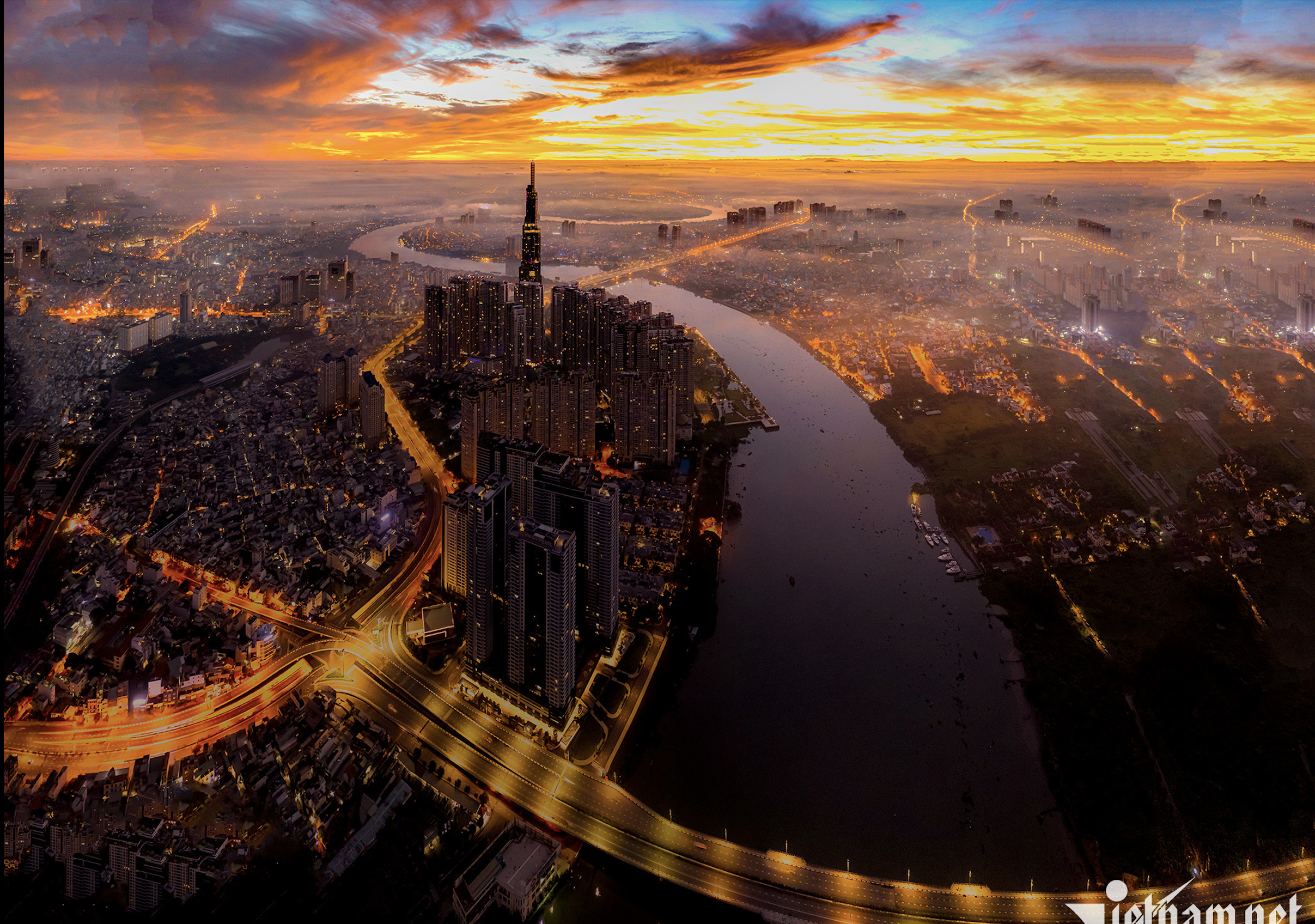

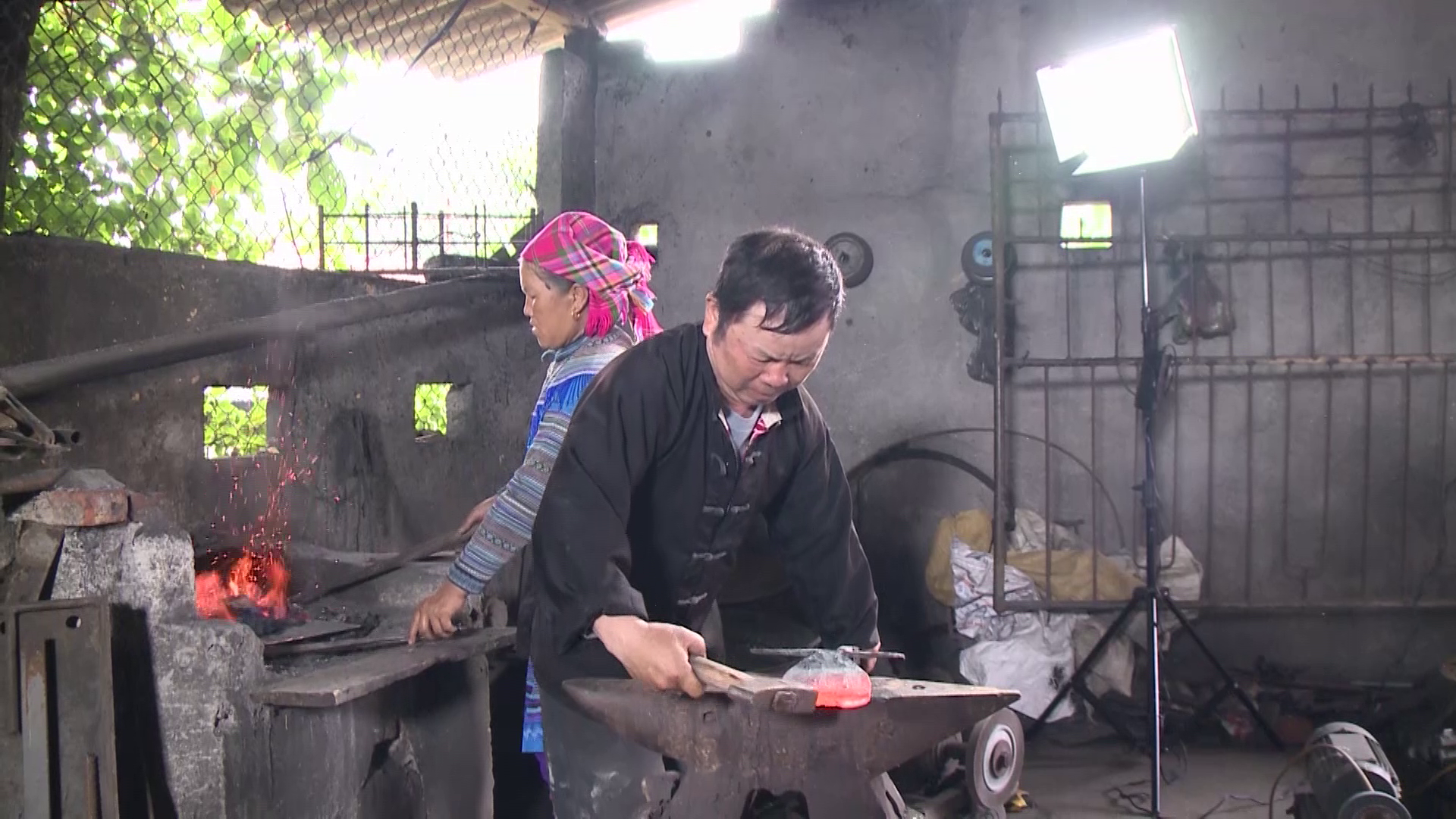

![[Photo] Prime Minister Pham Minh Chinh receives Mr. Jefferey Perlman, CEO of Warburg Pincus Group (USA)](https://vstatic.vietnam.vn/vietnam/resource/IMAGE/2025/4/18/c37781eeb50342f09d8fe6841db2426c)
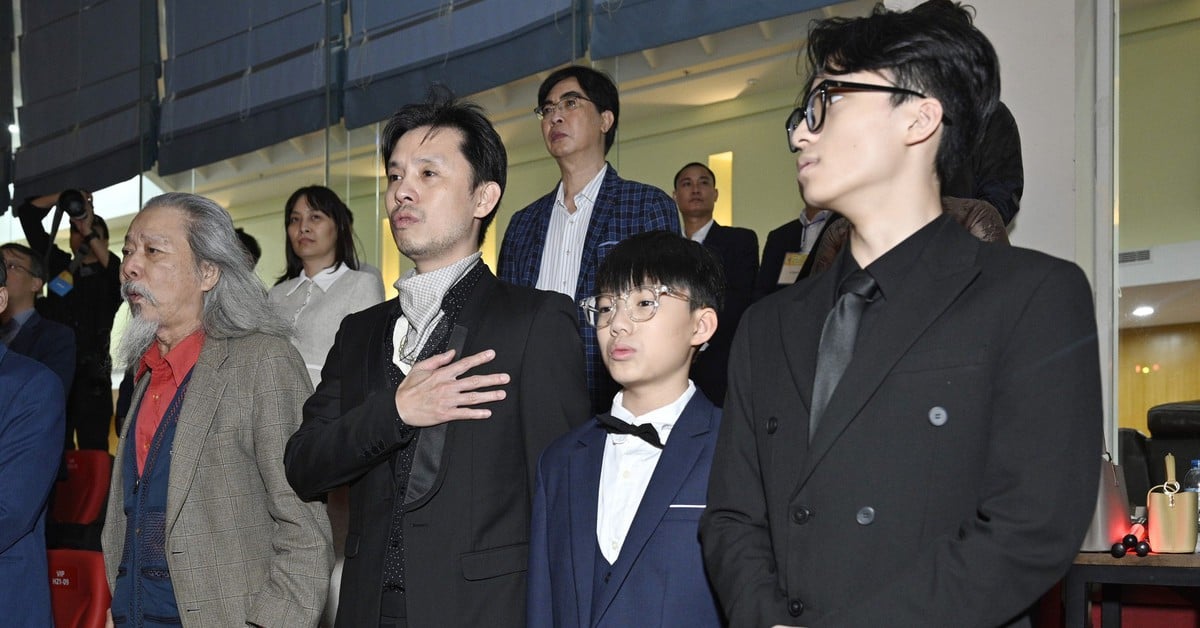

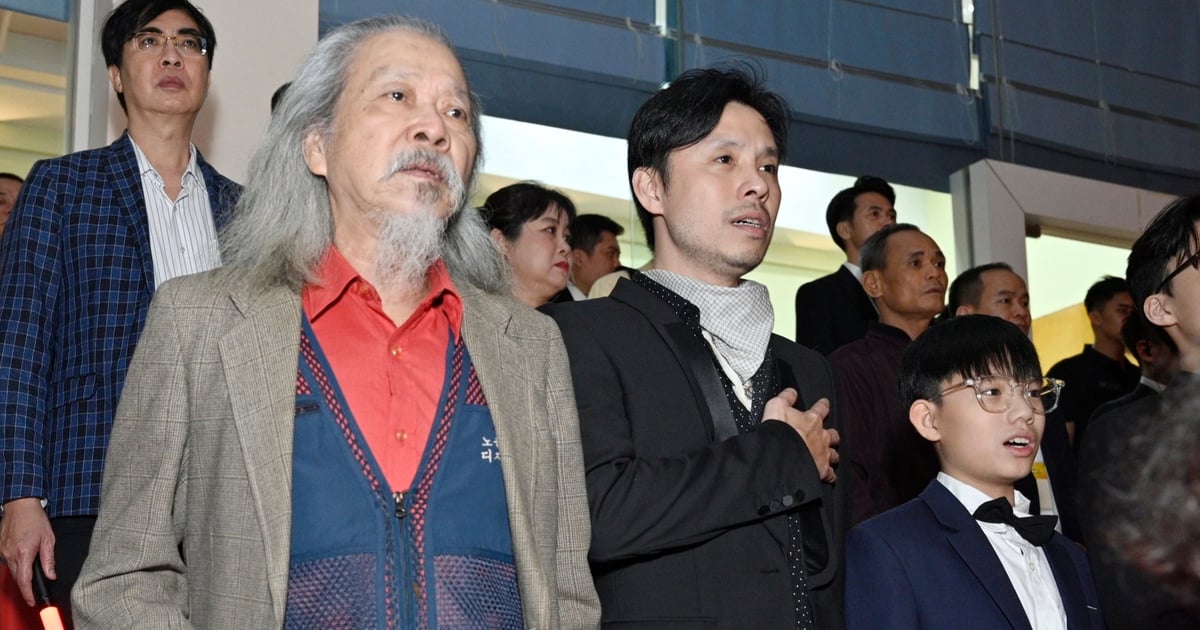




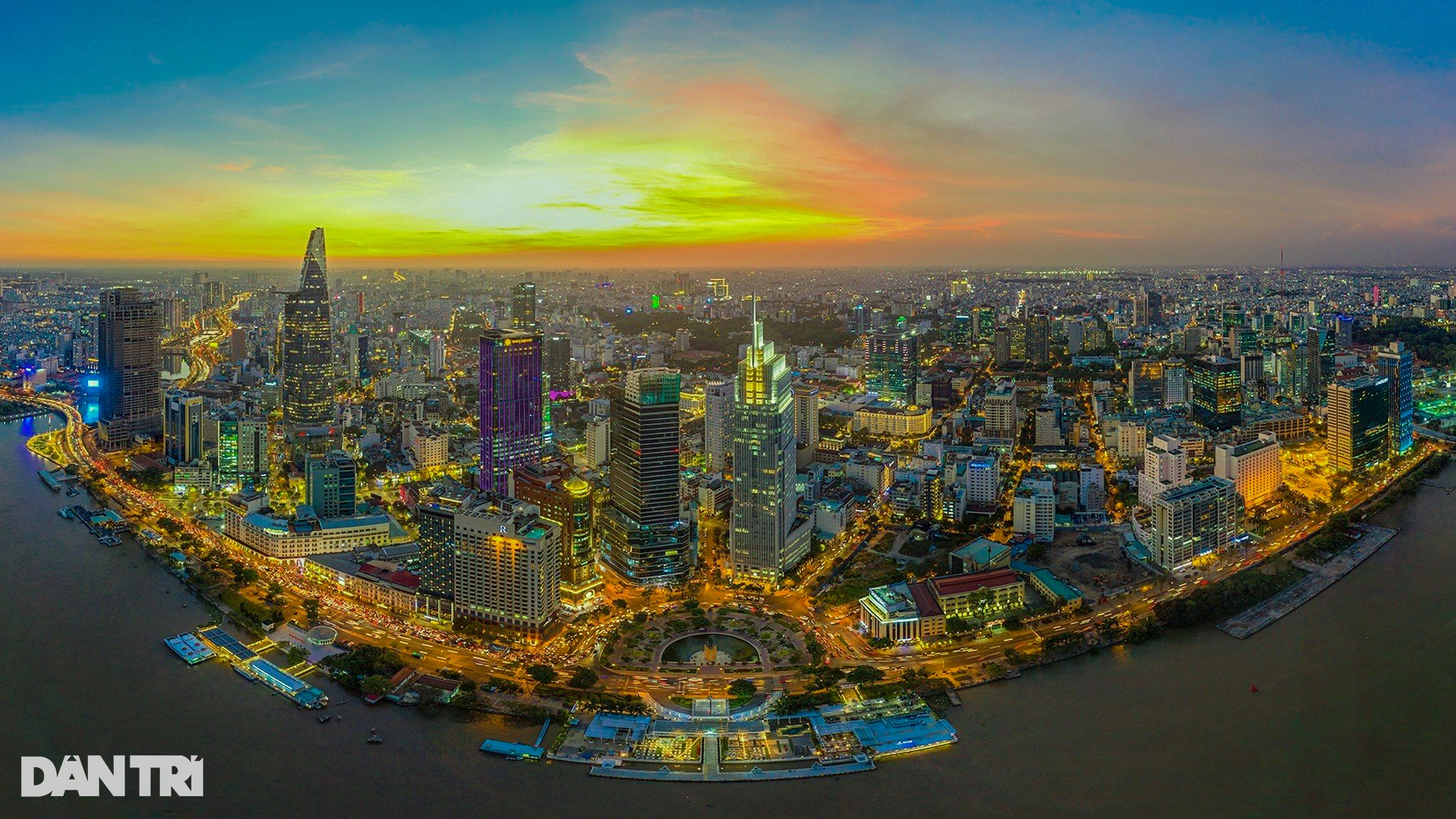







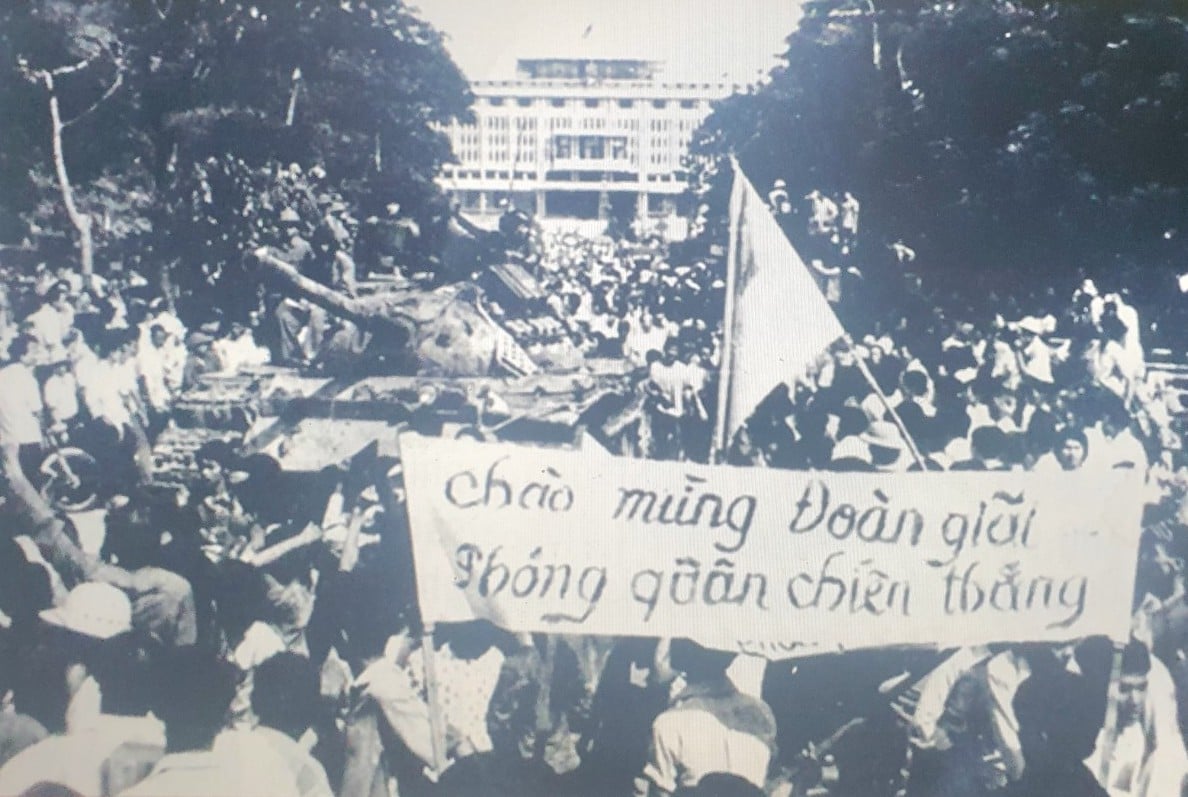





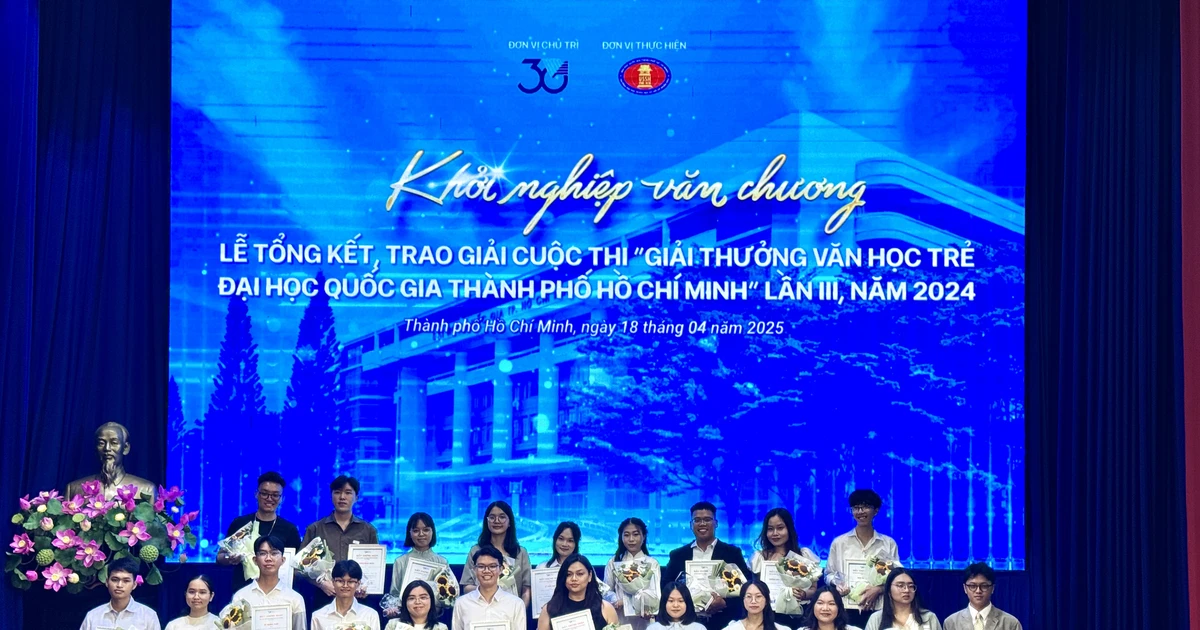
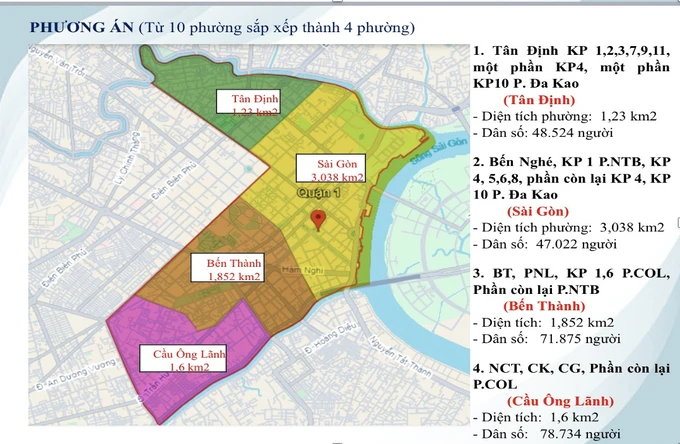

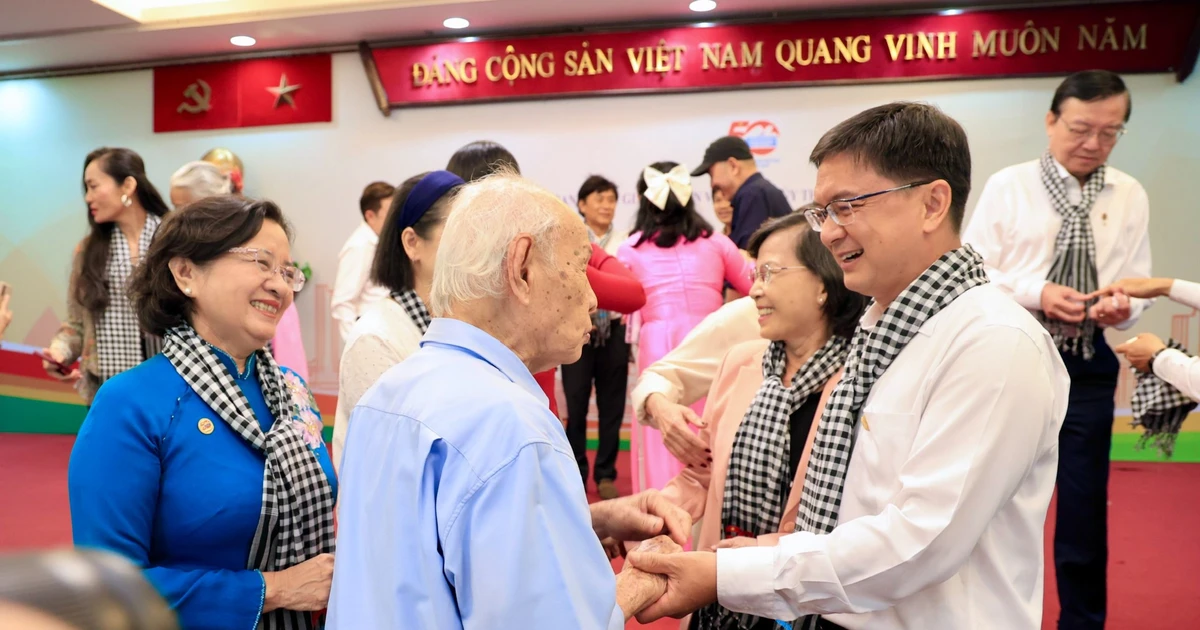










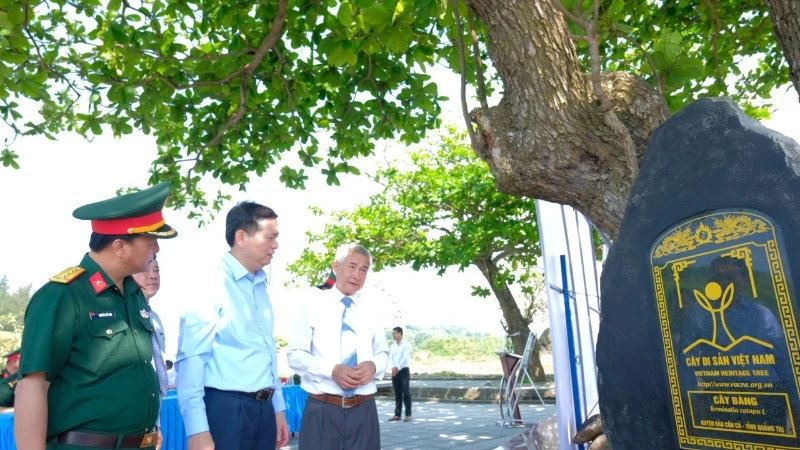






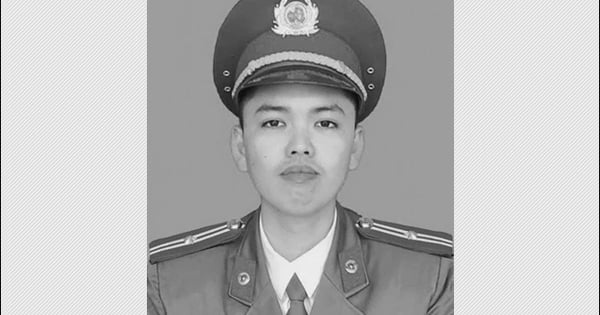













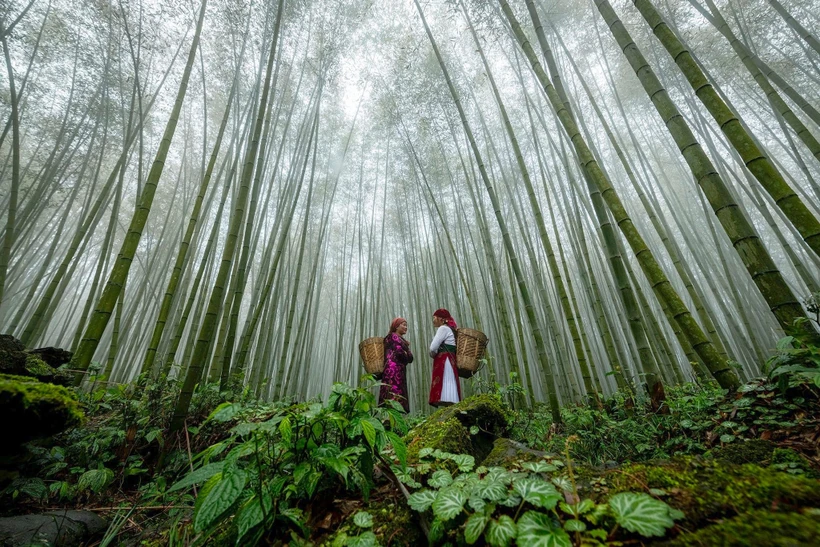

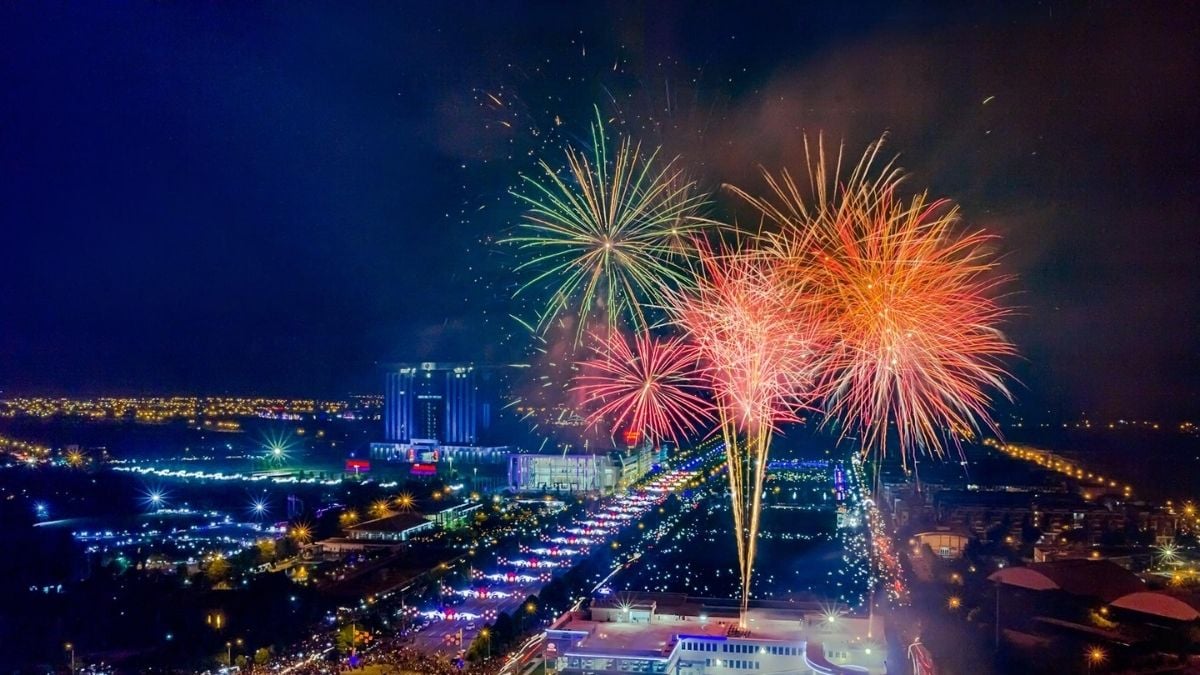
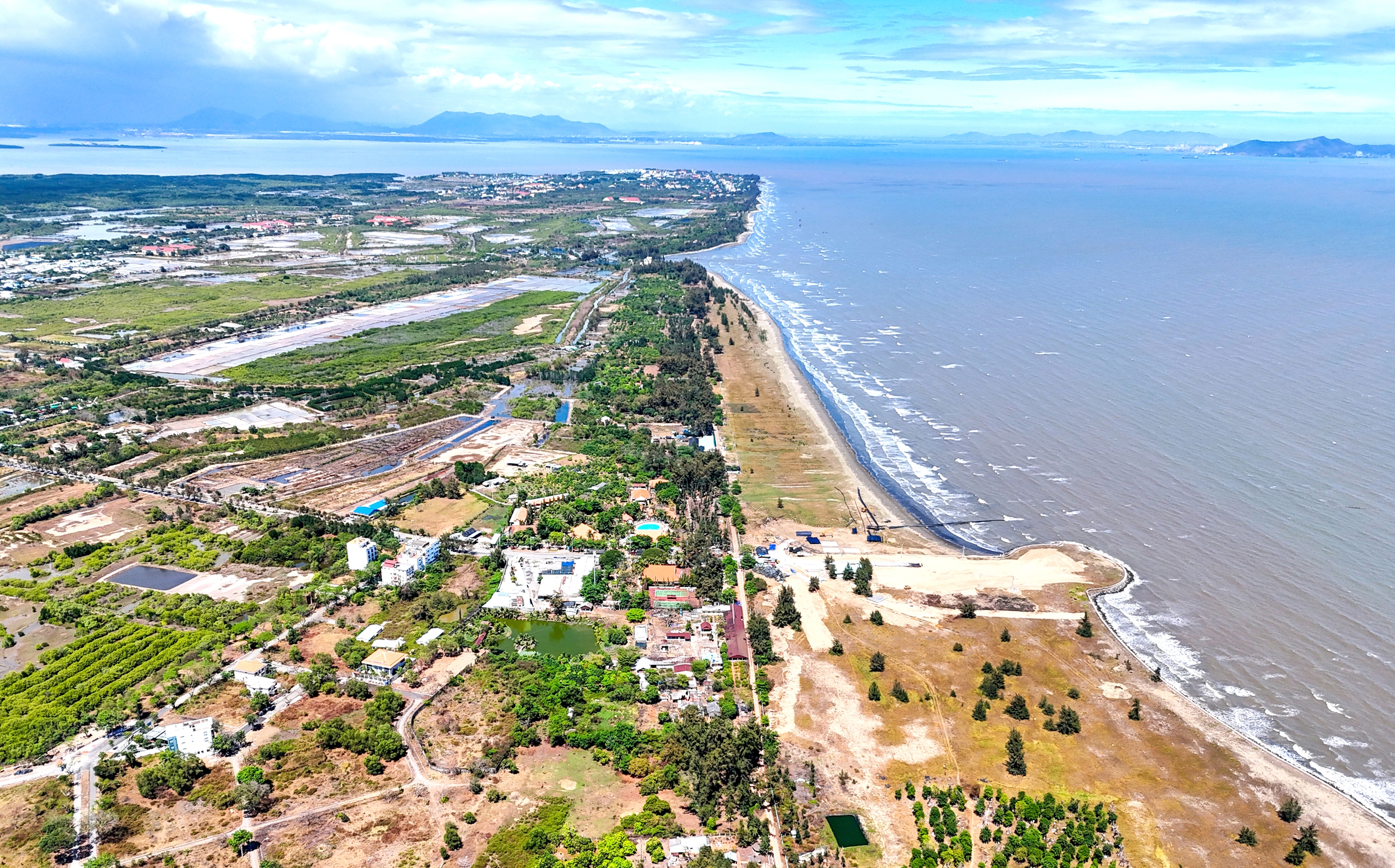
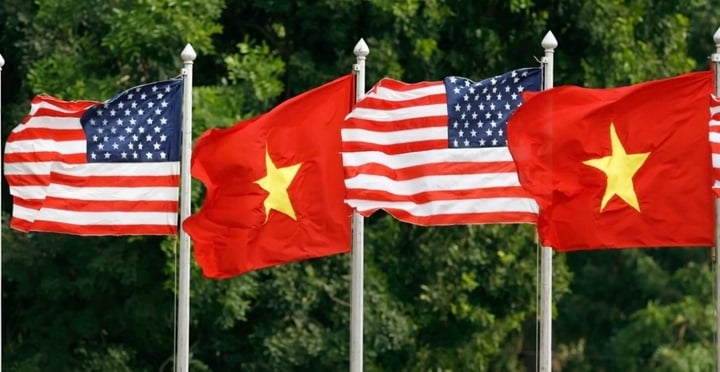

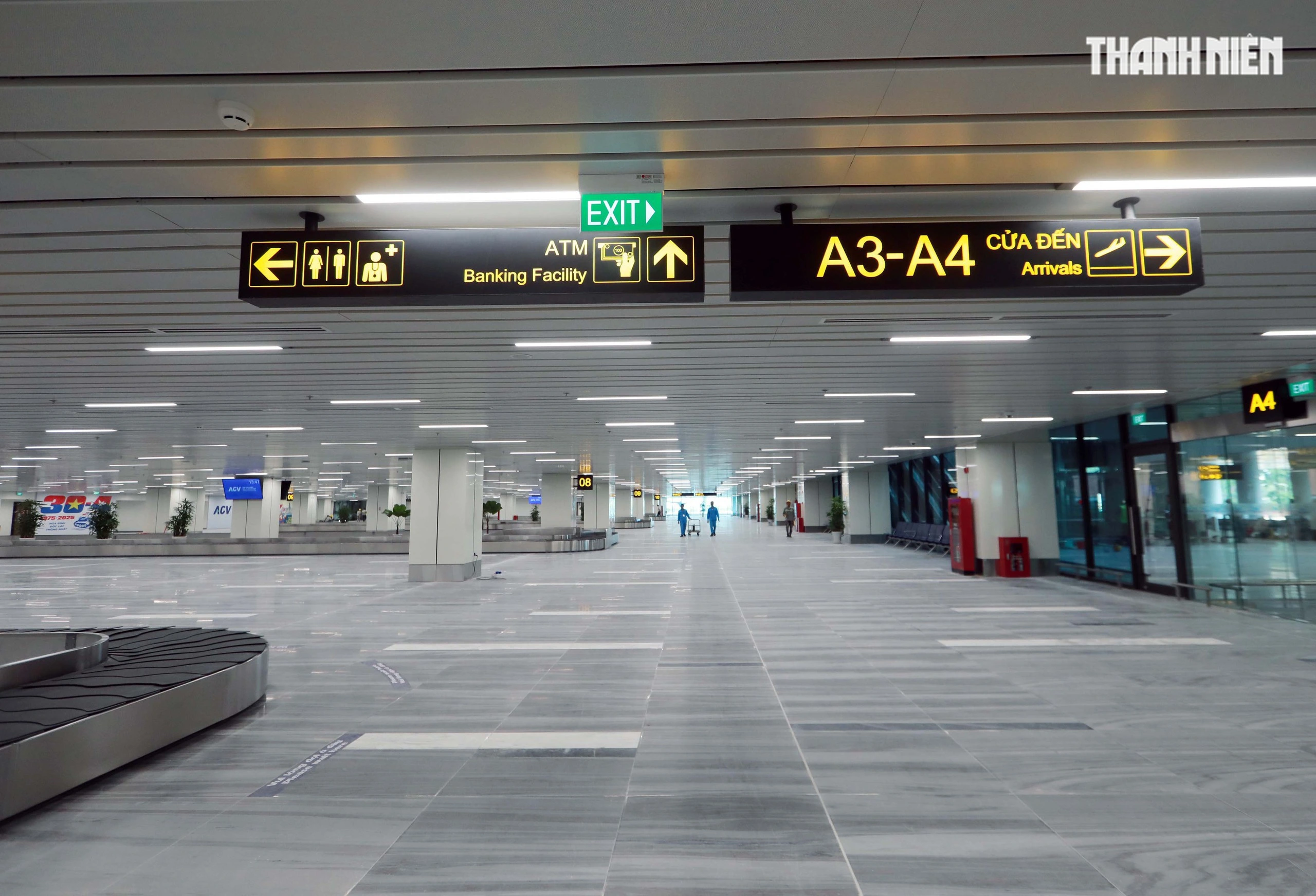
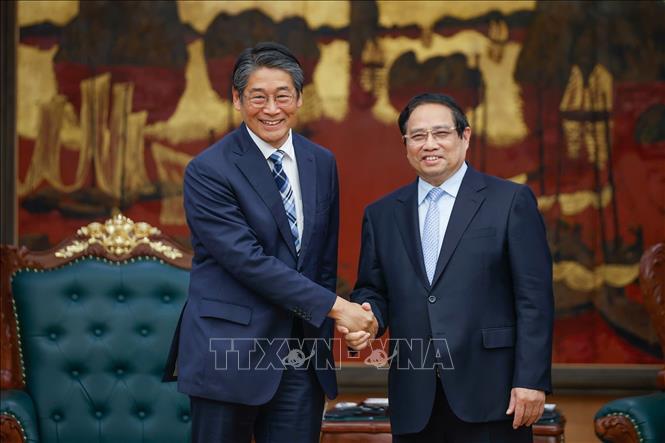
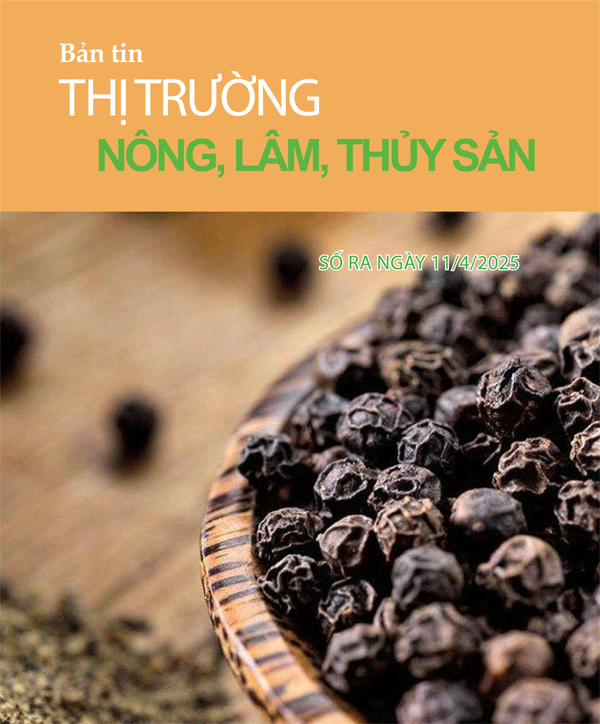

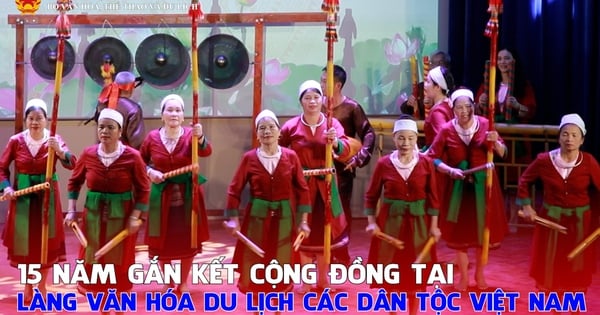

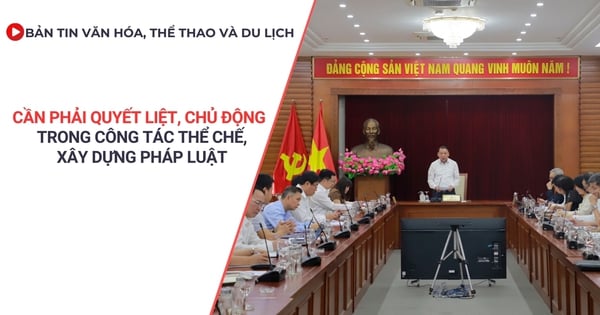
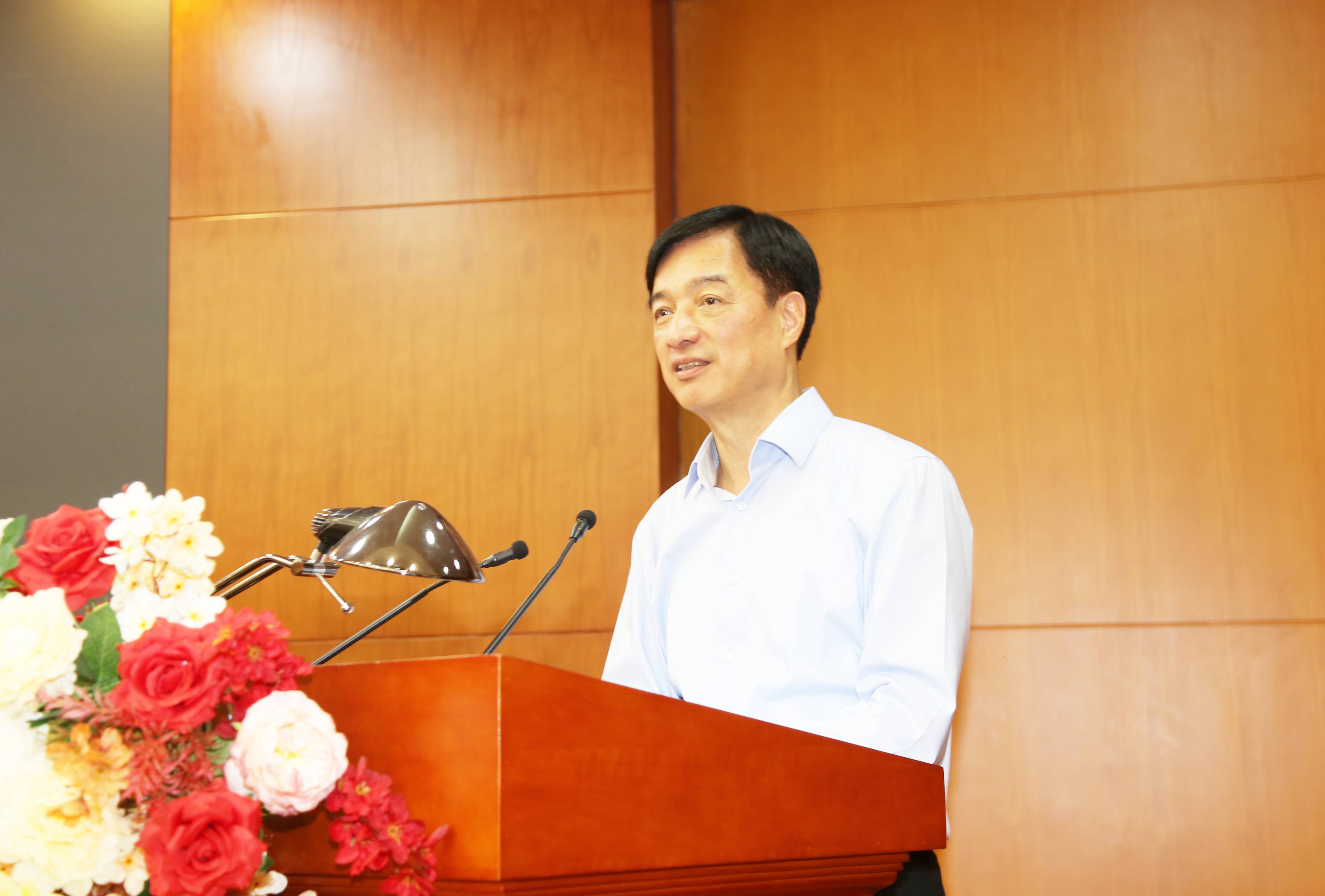





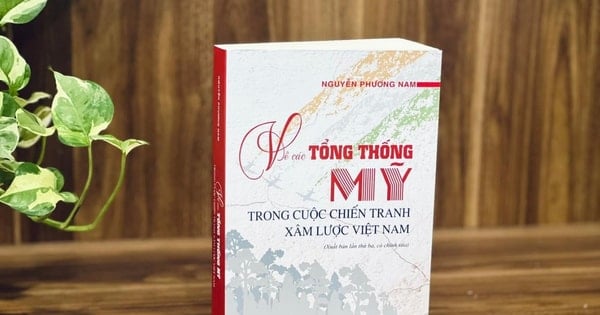
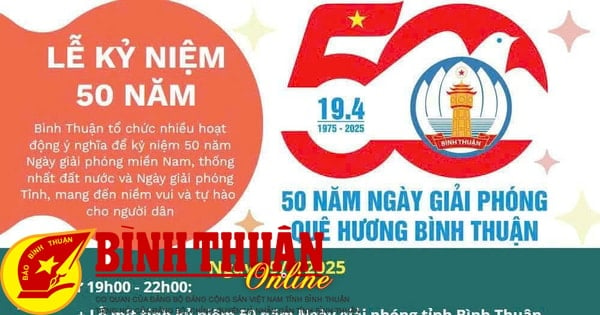



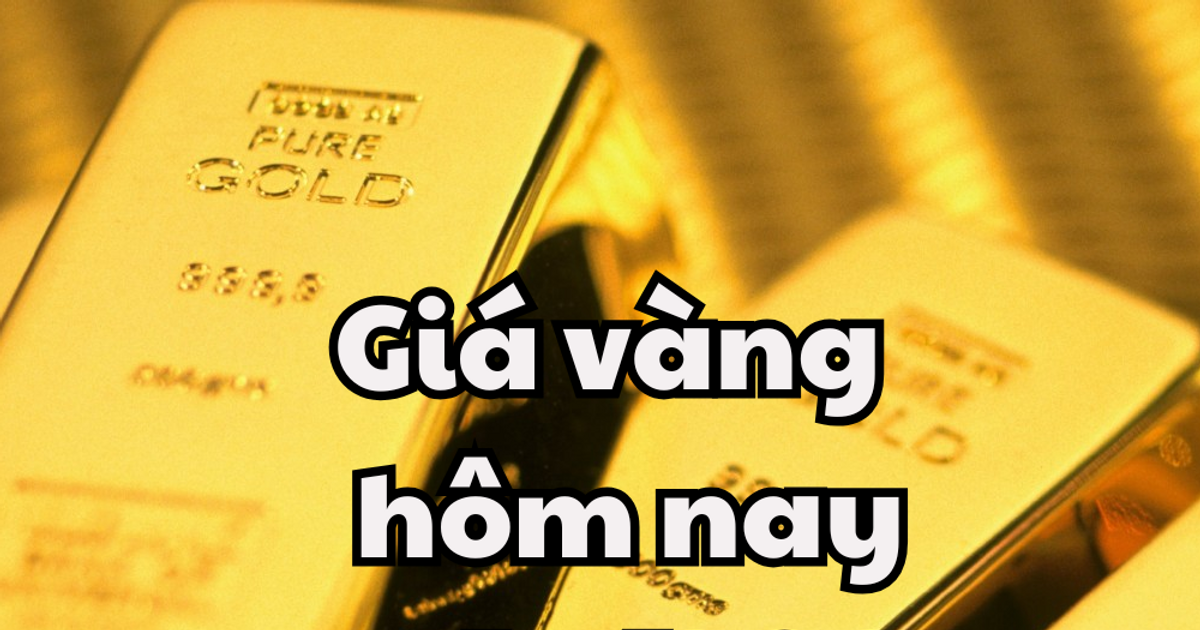
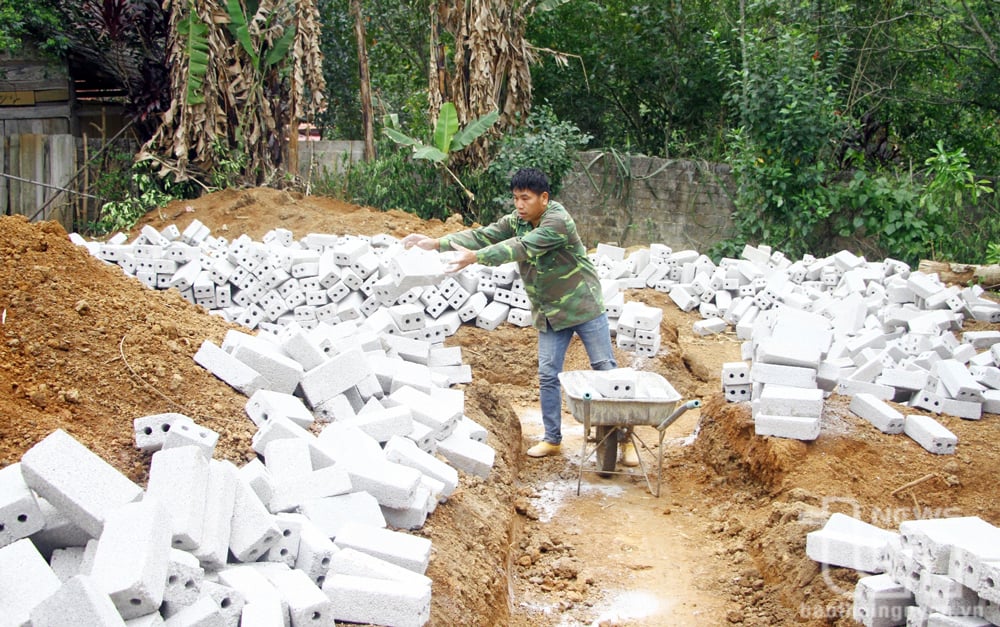









Comment (0)